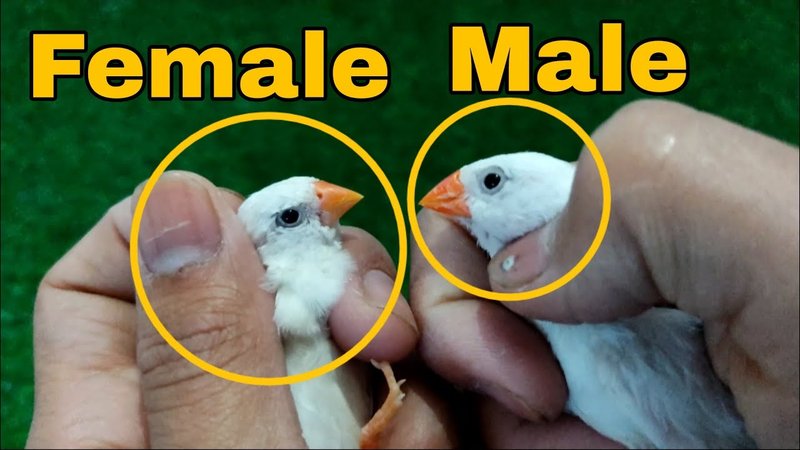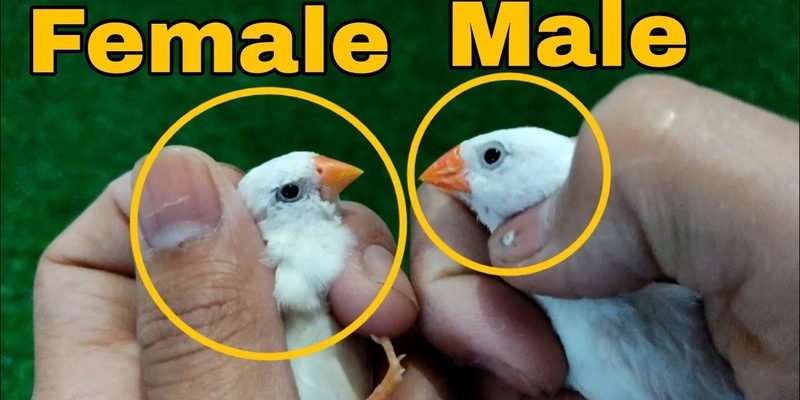
Understanding how to tell male and female finches apart is not just a fun fact for birdwatchers. It’s essential for those looking to breed finches or even just enjoy a diverse aviary. Plus, it adds a layer of appreciation for these vibrant creatures. In this guide, I’ll walk you through the signs and clues that can help you identify male and female finches with ease.
Understanding Finch Basics
Before diving into the specifics, let’s start with some finch basics. Finches are small, seed-eating birds that belong to the family Fringillidae. There are many different species of finches, including popular ones like the American Goldfinch and Zebra Finch. Each species has unique markings and behaviors, but there are some general patterns that many finch enthusiasts notice.
Most finches are known for their bright plumage, especially the males, which are often more colorful than their female counterparts. This vivid coloration serves a purpose during mating season, as it attracts females. In contrast, females tend to have more muted tones, which help them blend into their surroundings, especially when they’re nesting.
So, why does this difference exist? Well, just like in other species, it’s all about survival and reproduction. Males need to show off their best colors to grab the attention of females, while females benefit from a more discreet appearance to protect themselves and their young. This concept of sexual dimorphism is common in the bird world and is a key characteristic of finches.
Color Differences: The Most Obvious Clue
When it comes to spotting male and female finches, one of the most noticeable differences is their color.
– Males: Many male finches are decked out in bright hues like yellow, orange, or red. For example, the American Goldfinch male dons a striking bright yellow with a black cap during the breeding season.
– Females: In contrast, female finches usually sport more subdued tones. A female American Goldfinch, for instance, has olive-brown feathers, which help her camouflage against predators.
These color differences can vary widely depending on the species. For instance, in the Zebra Finch, males have a vibrant orange beak and bright wing markings, while females have a more understated brown and gray palette. So when you’re looking at finches, pay close attention to their colors, as this is often your first clue!
Behavioral Clues: Males vs. Females
Behavior can also be a telltale sign in distinguishing between male and female finches. Males are generally more active and vocal. They sing call notes to attract females, especially during the breeding season. This song is not just a display; it’s an essential part of their courtship ritual. You might find male finches hopping about, puffing out their chests, and performing little dances to show off their strength and fitness.
On the other hand, female finches tend to be quieter and more reserved. They’re often seen making nests or tending to their young. If you observe a finch that’s focused on foraging and nesting while its counterpart sings nearby, chances are you’re looking at a female.
Another interesting aspect is that males typically have more territory, often displaying dominance through behavior. So, extra chirping and activity from one bird while another is sitting quietly can be a hint at their gender roles.
Size Differences: A Subtle Yet Present Indicator
Size can also play a role in telling male and female finches apart, though this can be more subtle. Generally speaking, male finches are slightly larger than females, but this isn’t always the case. The size difference is more apparent in species where males have evolved to be larger due to mating competition.
For instance, in the House Finch, you may notice that males might have broader bodies compared to females. However, it’s essential to keep other identifiers in mind, as size alone isn’t a definitive way to tell them apart. If you have the chance to observe them closely, comparing size might give you a clue—but it’s best combined with other indicators for clarity.
Nesting Habits: What to Look For
If you’re lucky enough to spot a finch’s nest, this can also help clarify male and female differences. Female finches take on the primary role of building nests and caring for the eggs. You might see them gathering materials such as grass, twigs, and feathers to create a safe environment for their young. This behavior is quite noticeable and can be a giveaway that you’re observing a female.
Males typically assist in securing the nesting area but won’t engage as much in the actual construction. They might be seen defending the territory or bringing food to the female during this period. If you see a finch actively collecting nesting materials, it’s likely a female, while the male will be nearby, keeping watch.
Species-Specific Differences to Consider
As intriguing as these general guidelines are, it’s important to remember that each species of finch may exhibit unique characteristics. For example, the differences between male and female Society Finches are less pronounced than in other species. Both sexes may have similar coloration, which can make identifying them challenging.
In such cases, other factors like behavior and song become critical. If you’re looking at particular species, it may be worth researching their specific traits to get a clearer picture of what to look for. Websites and books dedicated to finch identification can provide valuable insights into these subtle variations, ensuring you don’t miss a detail.
Tips for Accurate Identification
Now that you know the key differences, let’s talk about how to put this knowledge into practice for accurate identification. Here are some handy tips:
- Take Your Time: Observing finches requires patience. Spend time in areas where they frequent and keep an eye out for the color patterns and behaviors described.
- Use Binoculars: If you’re watching from a distance, binoculars can help you get a closer look without disturbing them.
- Keep a Journal: Document your observations. Note the colors, behaviors, and any nesting activities, which can aid your identification process.
- Join a Group: Connecting with local birdwatching groups can provide you with hands-on experience and tips from seasoned birders.
By utilizing these strategies, you’ll be well on your way to confidently distinguishing between male and female finches.
Wrapping It All Up
In conclusion, telling male and female finches apart is both an art and a science. By paying close attention to their colors, behaviors, and nesting habits, you can master this skill and enhance your birdwatching experiences. Remember, every finch has its own personality and stories to share, and understanding their differences allows you to appreciate these charming birds even more.
So, next time you’re outside or even just looking at your pet finches, take a moment to observe. You might just discover a little slice of nature’s vibrant tapestry right in front of you. Happy birdwatching!

